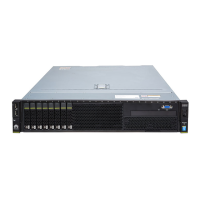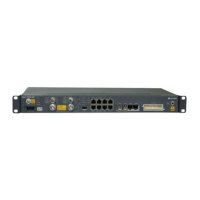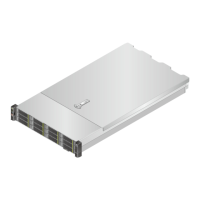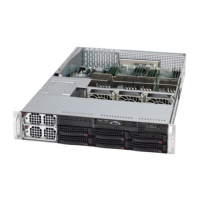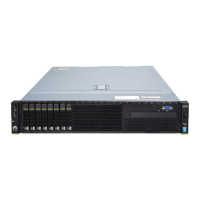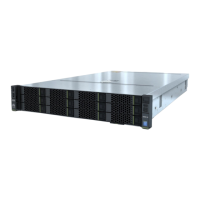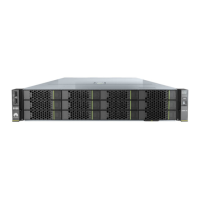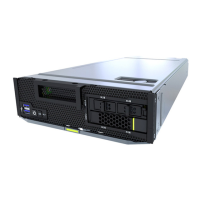Fault
Symptom
Handling Procedure Quick Recovery Method
RAID self-
check is
suspende
d.
1. Capture the current iMana
200/iBMC KVM or local KVM
screen.
2. Collect iMana 200 or iBMC
logs.
1. If a RAID controller card
rmware error exists,
replace the RAID controller
card, supercapacitor, or BBU.
Then check whether the
fault is
rectied.
● If yes, no further action is
required.
● If no, go to 2.
2. Check whether the drives,
drive backplane, and SAS
cables are faulty.
● If yes, replace faulty
components.
● If no, go to 3.
3. If the RAID array is
oine,
import it again. Then check
whether the fault is
rectied.
● If yes, no further action is
required.
● If no, go to 4.
4. If the BBU or supercapacitor
runs out of power, follow
the instructions shown in
the displayed messages to
keep the server running.
After the server runs for 30
minutes, check the BBU or
supercapacitor status. If the
BBU or supercapacitor is
abnormal, replace it.
NIC
Preboot
Execution
Environm
ent (PXE)
has failed.
1. Check whether the NIC
supports PXE.
2. Check the BIOS PXE
conguration. Ensure that the
NIC PXE function and NIC
UMC function are enabled. To
enable the NIC PXE function,
press Ctrl+S.
3. Check the NIC.
4. Check the PXE network
environment on the service
side.
Follow the handling procedure.
Huawei Servers
Troubleshooting 5 Diagnosing and Rectifying Faults
Issue 20 (2020-09-25) Copyright © Huawei Technologies Co., Ltd. 91

